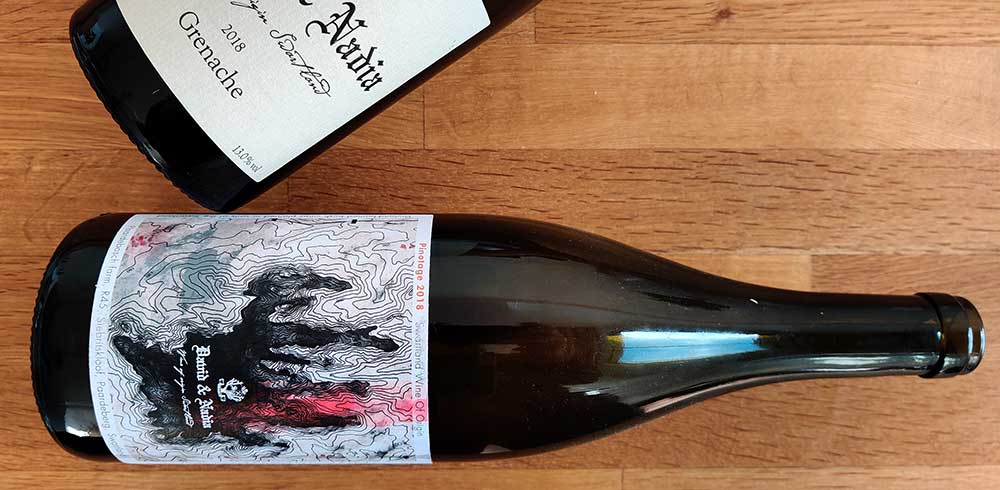Members of the wine trade are cursed to forever wander from party to party and set the record straight with regards to Chardonnay. The ‘Anything But Chardonnay’ crowd still walk among us and it must be constantly explained to them that you shouldn’t judge a grape by bad examples, that Chardonnay’s a classic, it makes Chablis and Champagne and that the bad old days of over-oaked styles have been superseded by a glorious new age of leaner, fresher wines from Santa Barbara to Marlborough. Wine lovers are very diligent in […]
